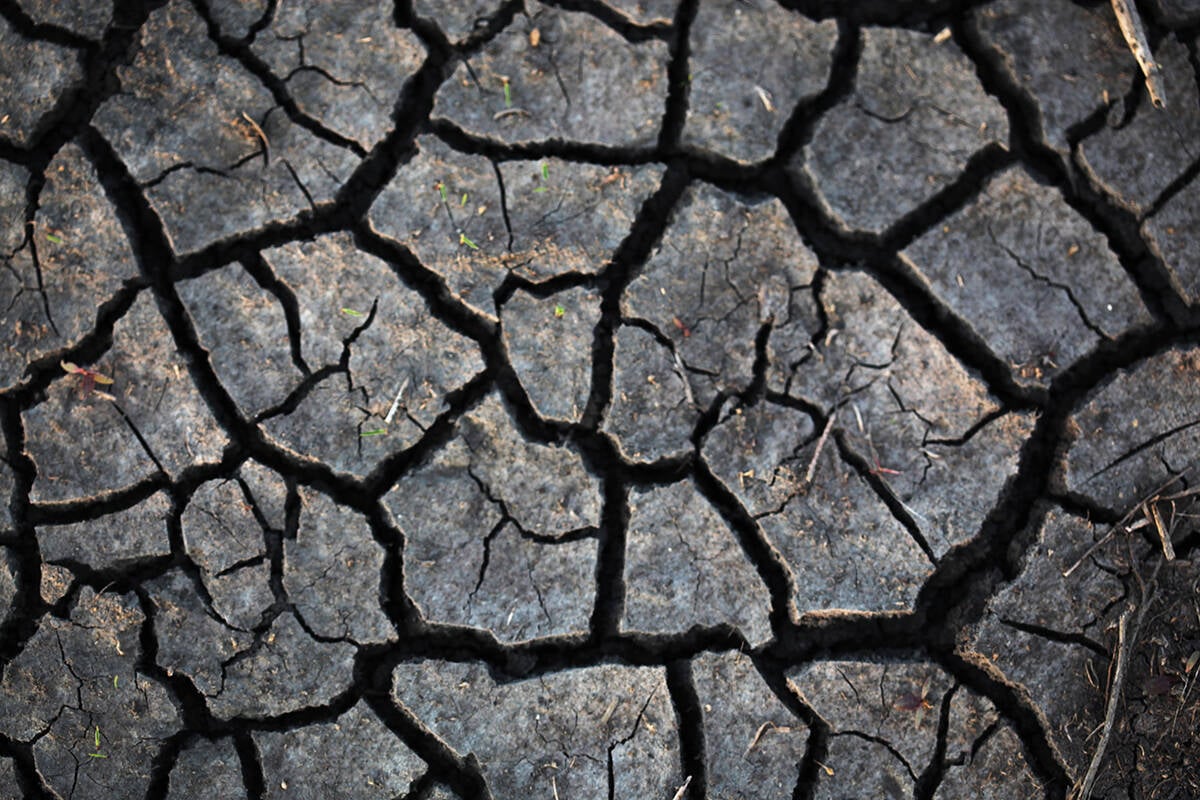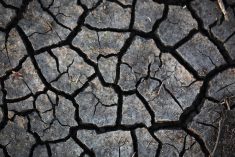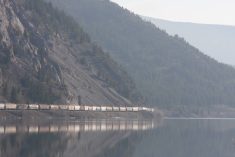The Manitoba government plans to increase its drainage budget until the
province gets back to the days of clear-flowing waterways, dry land and
unclogged culverts, premier Gary Doer told delegates at the Association
of Manitoba Municipalities annual convention.
“Drainages across Manitoba are overgrown, undermaintained and capital
investment in new drainage is way behind,” said Doer.
His government has increased Manitoba Conservation’s drainage budget by
50 percent, from $4 million per year to $6 million per year, since
coming to power and those increases will continue.
Read Also

Prairies have variable soil moisture conditions
The dry weather in the west was welcome for preserving grain quality and advancing harvest, but it has resulted in very dry soil moisture conditions.
“We will increase it again in the budget coming up in 2003 and we will
continue to increase it until we can get the job done.”
The issue was raised by Municipality of St. Andrews reeve Don Forfar,
whose area lies at the mouth of the Red River where land often becomes
waterlogged.
Forfar praised the government for increasing Manitoba Conservation’s
drainage money, but said the provincial drainage system is badly
corroded.
“Manitoba Conservation has had a decade of not doing the work you’ve
got to do,” said Forfar.
“They haven’t maintained their existing drains, they haven’t improved
any of them. We’re desperate in this province to have that addressed.”
Forfar said the provincial government spends a lot of time talking
about the floodway, which is designed to prevent flooding in the Red
River Valley, but needs to look more to the needs of the 350,000
Manitobans who do not live in the valley.
Doer said his government supports more drainage spending because it
helps the highway system avoid washouts, helps farmers get onto their
land, and helps control mosquito populations.















